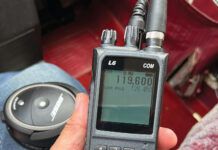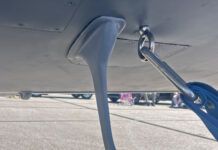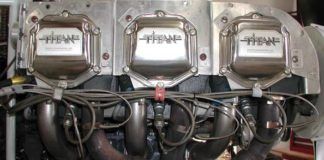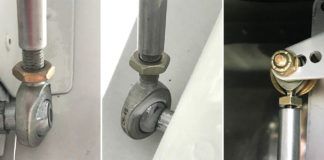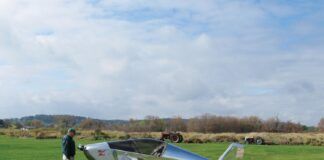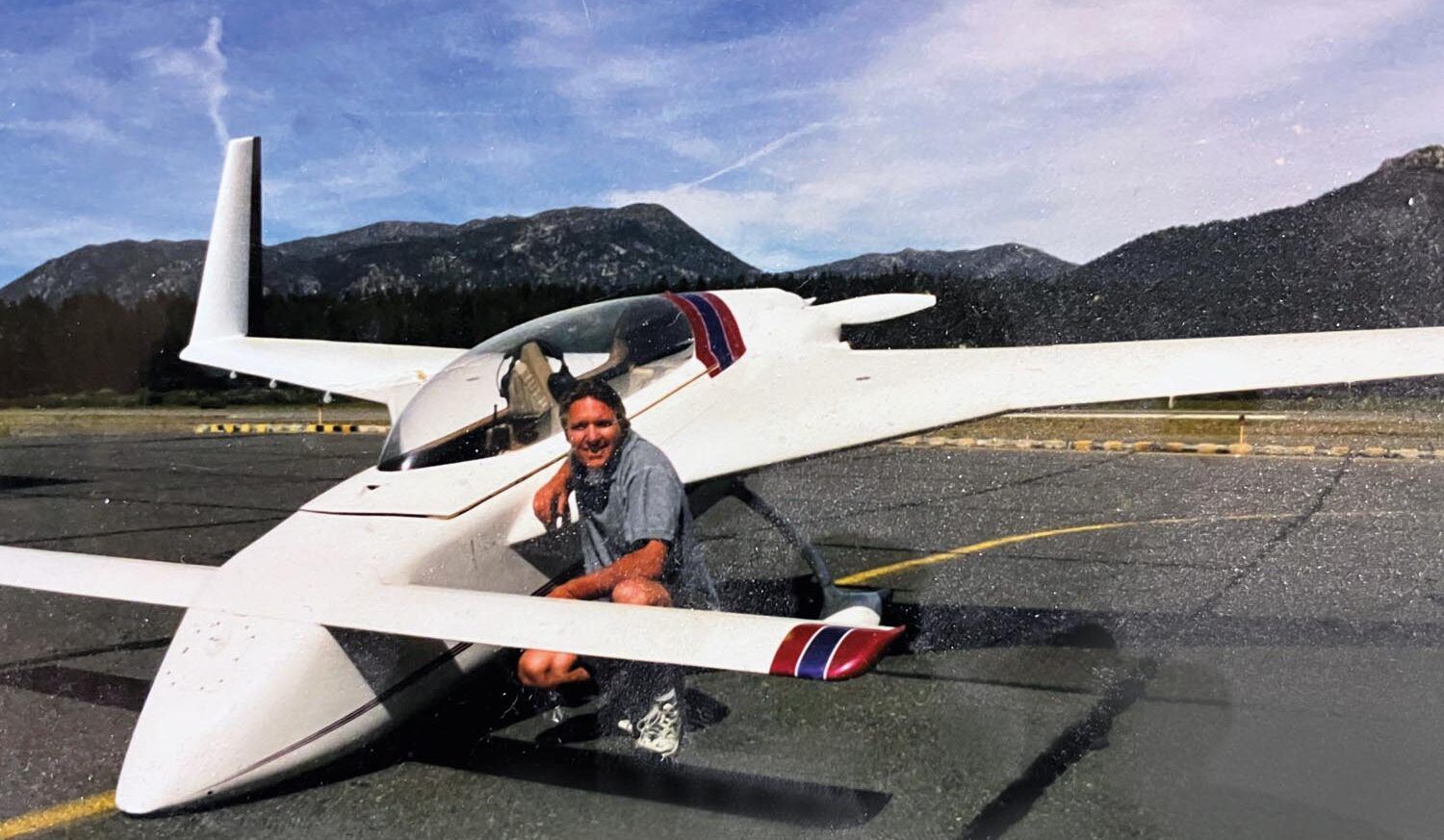
Ah, the email call for April 15, 2022, just arrived. Michael Zwijacz wrote to me:
“Hello Jim, I’ve been following you in KITPLANES® for many years. Last year I completely redid my Long-EZ (N97LZ) instrument panel, removing several ancient electronic devices and replacing them with a state-of-the-art full Dynon EFIS suite.
“Arriving at Columbia, California, Airport (O22) earlier this year to meet a friend, I tuned in the weather ASOS 10 miles out and found the usual late spring ‘sky clear, visibility unlimited’ report. Switching to CTAF (122.975), I got nothing but static on Com 1. Switching to Com 2 had the same static on it, and I couldn’t hear any of the other aircraft in the pattern.
“Since I had just completely rewired the airplane for the new avionics installation, I presumed that I had either installed something incorrectly or had a bad wire connection in the new wiring. With the old radio setup I always had at least a 50-mile range.
“What was a mystery to me is that at my home field, KTVL (South Lake Tahoe, California), I could clearly hear aircraft operations on CTAF (122.85) and ASOS (124.875).
“A few weeks later, going into the Sacramento area, I had no trouble hearing and transmitting to NorCal Approach, but when I tuned to the KMCC (McClellan Airfield) CTAF, the static was there again and I couldn’t hear anybody around the airport.
“That was strange until I noticed that KMCC CTAF was 122.975, the same frequency I was having trouble with at Columbia. Back home at KTVL, I decided to do some investigating on the ground. Sure enough, the radio was quiet on the local channels, but tuning to 122.975 caused a lot of static in the audio. Tuning around a bit gave that same static on frequencies around 122.475.
“Since the only wires that weren’t replaced in this process were the coaxial cable wires going to the com antennas, I think this problem is associated with the antennas, and I don’t want to pull the wings off of the airplane to investigate. Do you have any advice?”
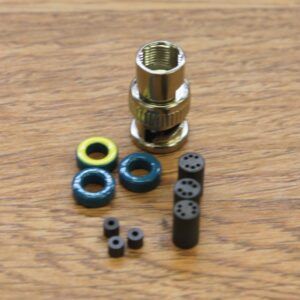
Two hours later, I replied:
“Michael, I do not think the problem is with the antennas. An antenna problem would show up on almost all frequencies of the com radio. I’ll explain later, but for now you could do two things. One, if you have or can borrow a handheld radio that operates on batteries, you can ‘probe’ around the instrument panel and see if you still get static on 122.975 on the handheld. That absolves your com radios and antennas. Two, you can turn off all electronic devices all the way from the nav lights to the EFIS and then turn them on one at a time until the static reappears.”
On April 17, I heard back from Michael:
“Jim, I turned off all the radios and then back on one by one. The Dynon main display causes the interference. Dynon tech support is sending me a new EFIS and a connector filter.”
Two days later, I heard from Michael again:
“Jim, the new Dynon EFIS did not solve the problem, but Dynon tech support suggested that perhaps I could use their ferrite filter on the D-sub connector on the rear of the unit. I installed the filter and the noise went completely away. Thanks for your help.”
Fast forward to June 8, and Michael wrote again:
“Jim, the Columbia canard fly-in was a great success and so was the radio. Thanks!”
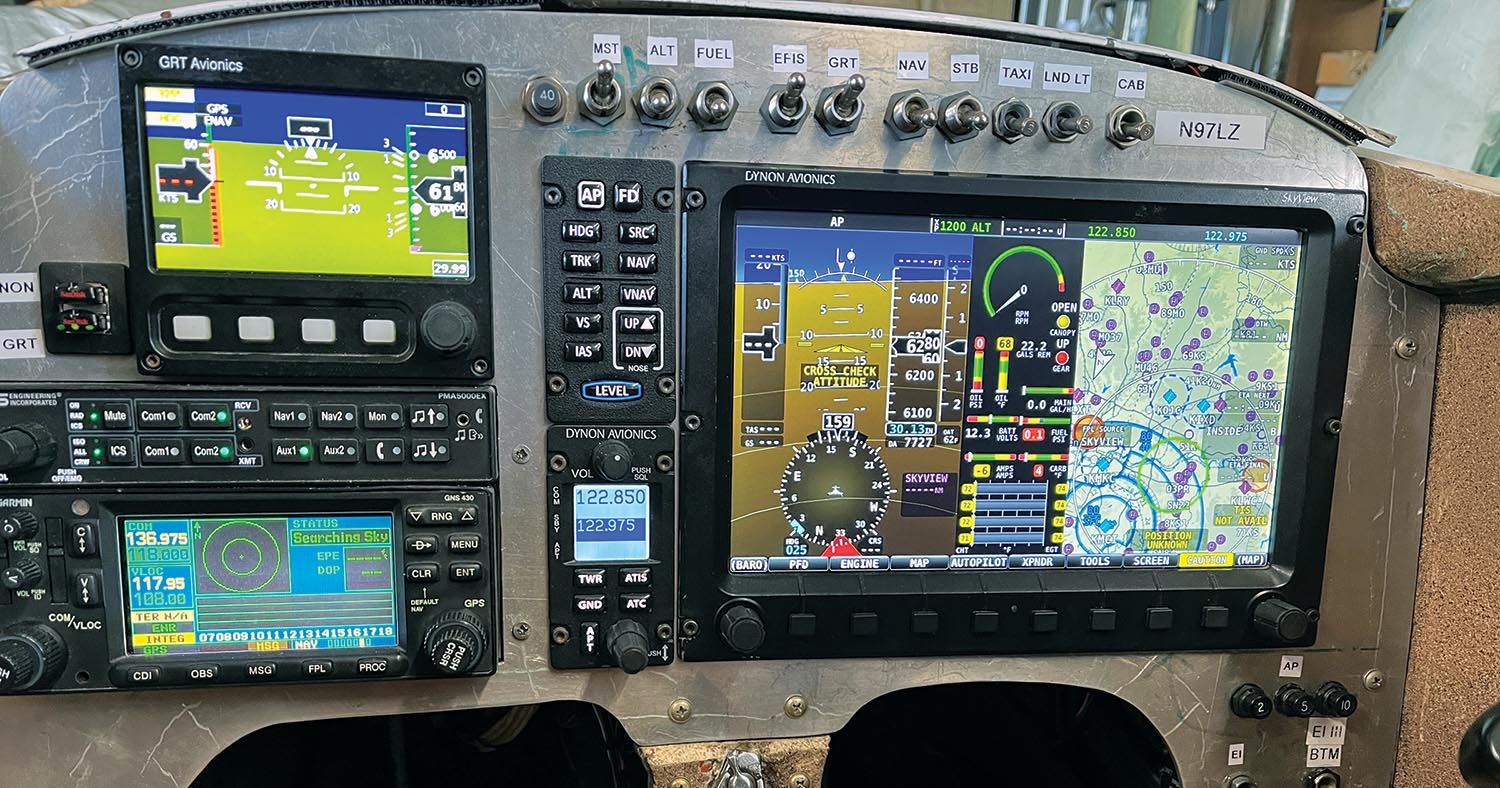
So, what did we learn from this little experience?
1. There is an irresistible desire to quickly solve a problem like this by just throwing parts at the problem without any sort of test or operational investigation to find the root cause of the problem. Most professionals call this the “shotgun fix-it” approach to solutions. “The only thing that isn’t new on this installation are the antennas, so it must be the antennas.”
First of all, antennas don’t cause static, especially with the airframe at rest on the ground. That’s theory number one. Theory number two, it affected two frequencies about half a megahertz (500 kHz) apart. Although we didn’t test it, I would be willing to bet good cash money you would find more static interference every 0.5 MHz up and down the com band and probably the nav band too. (See “Fourier” below.)
2. There are a few KITPLANES® authors who are willing to give you one-on-one simple things to try to locate problems. We have engine geniuses, ignition masterminds, fuel gurus, paint masters and a few of us sparkies who can tell a resistor from a capacitor. And, if you ask a question and the answer comes back, “I don’t know,” accept it for what it is. That is probably the most honest answer you will get. The dilettante, the dabbler will try to snow you with a complex and expensive answer. Since the statute of limitations has long since expired, I don’t mind telling you that as a 14-year-old (1957), I rode my bike over to the local dirt strip and was taught by this old geezer (he must have been 30 at the time) how to troubleshoot airplane radios with a $10 voltmeter. And he was right 99% of the time.
3. (Mathematicians, just shut your eyes and go on to the next section.) Jean-Baptiste Joseph Fourier was a French mathematician and physicist of the 19th century. The Fourier series is named after Jean, but what it said was that any repetitious waveform could be represented as the fundamental repetition sine wave frequency plus some of the sine wave “harmonics,” or sine wave multiples of that frequency. In particular, a square wave could be broken down into the fundamental sine wave frequency plus a lot of the sine wave odd multiples of that frequency. Suppose, just suppose, that the frequency of the square wave driving the screen of that EFIS was 250 kHz. The 491st harmonic of 250 kHz is right at 122.975 MHz. And that would radiate directly into a com radio at 122.975 MHz.
4. I would like to commend Dynon for supporting Michael’s problem. Replacing a unit, providing filters—it all costs money, and Dynon has shown that it will go the extra mile to help solve problems. Nice job, Dynon.
5. I’m impressed and I’ll probably use Dynon on the RST 182A (heavy) when it comes around this time next year for new stuff. (A 182 [heavy] means it is usually loaded at least 100 pounds over gross at takeoff.)
Every now and again this blind pig picks up an acorn, and I got lucky with this one. See you next month when we get to roll state-of-the-art silicon carbide 2022 back to the original LED work by H.J. Round in 1907. Until then…Stay tuned…






